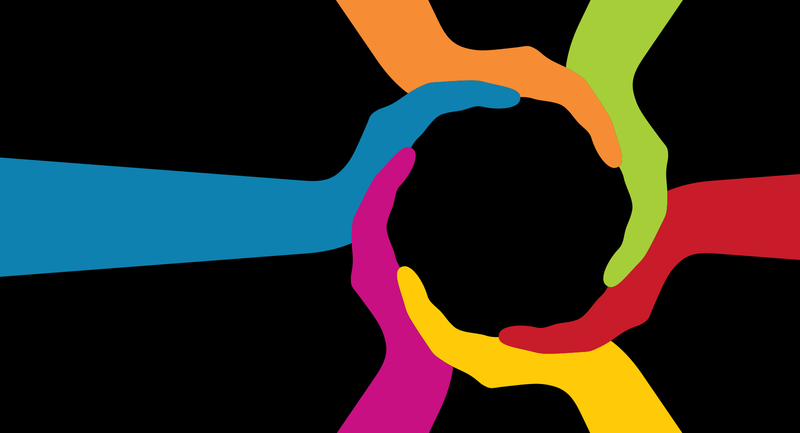Adolescents are rebellious by nature. So it makes sense that presenting controversial topics in school would excite them. In my experience, incorporating social justice in the curriculum is one of the most effective ways to pique students' interest and encourage class participation. When confronted with complex issues, young people often rise to the challenge. They also fear disappointing the adults who have shown confidence in their maturity.
When I teach a human rights unit, students, especially the reluctant participators, become more engaged in discussions and activities. As they learn about injustices around the world, they gain a broader perspective on their own lives. We discuss the Universal Declaration of Human Rights (UDHR) and look closely at the challenges many people—children in particular—face, such as poverty, limited or no access to clean water, and the lack of adequate education opportunities. When students realize the hardships other young people must overcome, I see a reduction in the number of my students who feel victimized and paralyzed by their own circumstances.
Throughout the year, we refer back to the UDHR to discuss the interconnectedness of various environmental, social, economic, and political issues. In my language arts class, one way I have made test preparation more palatable is by infusing the social justice piece into practice work. For example, the New Jersey Assessment of Skills and Knowledge requires 7th graders to take a reading comprehension test and write a persuasive essay. Using texts by South African writers, I create practice tests that allow students to explore the horrible experiences of black South Africans living under apartheid. In addition, we study the Truth and Reconciliation Commission's approach to helping the nation heal and rebuild, and the students write persuasive essays analyzing the effectiveness and fairness of such an approach. The material is often much more challenging than that on the state tests, but the high-interest content pushes my students to do their most thoughtful work.








